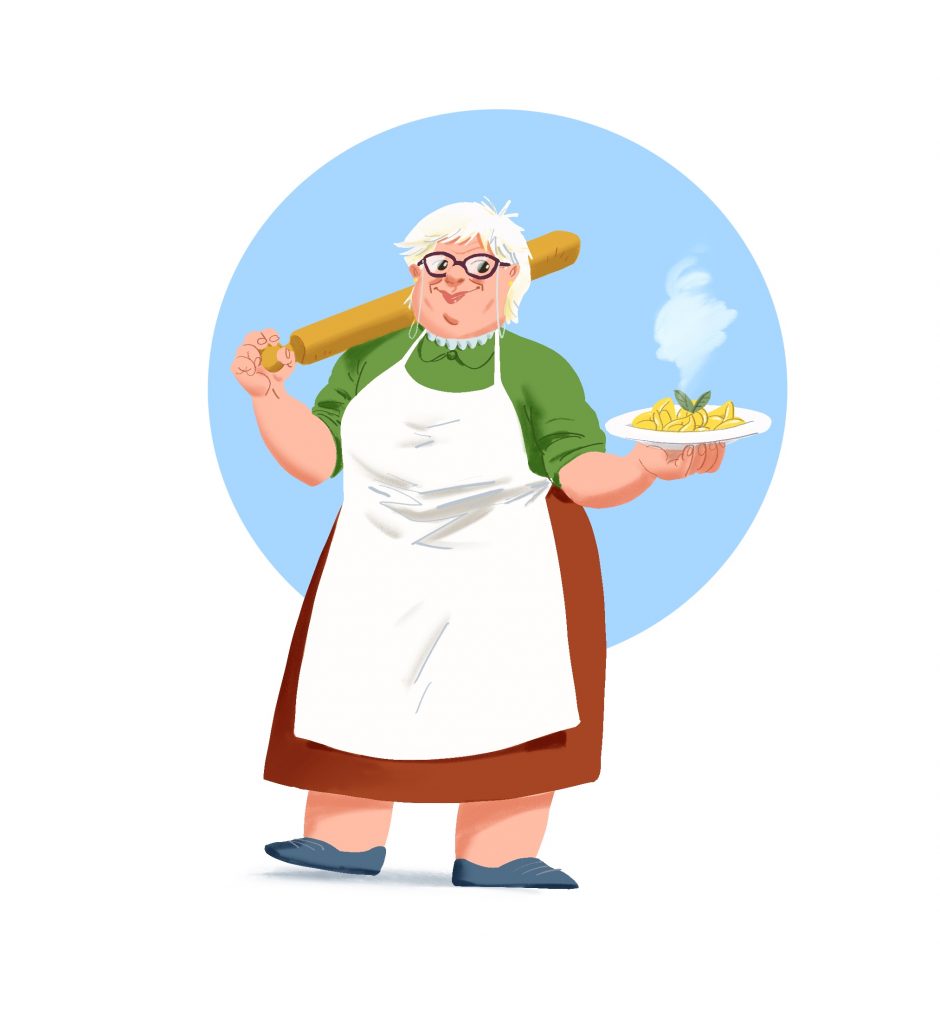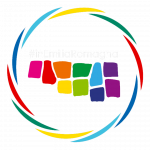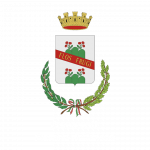
REZDORA
The most emblematic female figure in the Emilia Romagna tradition
THE ORIGINS OF THE NAME AND WHAT IT REPRESENTS
She represents the most emblematic female figure of the ancient culinary and homemaking traditions of our region, Emilia Romagna. If one thinks of the rezdora, one immediately thinks of a woman very skilled in the kitchen, busy preparing some typical recipe or doing household chores. The term rezdora, however, has a much more multifaceted meaning and would even seem to date back to the rural Emilian society of past centuries. The dialectal terms rezdora, resdora, arzdoura or arzdaura are linked to a figure who played a very important role in the history of the rural economy of our territory. They derive from the Latin verb regere, which means to direct, and thus delineate this figure as the person who flanked the rezdor, i.e. the head of the family, in the management of daily family life with the task of administering the house and being responsible for everything that happened within the domestic walls. In the countryside, families were extremely numerous and the rezdora, being the wife of the chief, kept the keys to the spartura, the place where bread was kept. She then took care of the animals, went to the market to sell the products of her land and provided the daily groceries so that the family could eat. She was undoubtedly an extremely important figure.
REZDORA, A PILLAR OF THE COMMUNITY
The rezdora was therefore responsible for managing the house and children, the larder, the orchards and the farmyard. She was not just a housewife or a good cook, but a true pillar of the family economy, a point of reference for the entire community. In the collective imagination of the past, and not only in the Emilia Romagna region, she was a decisive yet gentle, energetic woman, capable of facing all the challenges and difficulties of life with both body and mind. Today, after the disappearance of the traditional patriarchal peasant family, the figure of the rezdora thus described is increasingly disappearing, although the term continues to be used to generally indicate a good housewife and a good cook. Therefore the historical memory of an almost mythical term remains. The rezdora, the mother, the grandmother, is a beloved woman, the pivot on which the entire heritage and gastronomic tradition of our region revolves.
A BRIDGE FOR TRADITION, BETWEEN PAST AND PRESENT
Even if today’s times are not exactly the ideal place for the figure of the rezdora, it is of paramount importance to carry on traditions and pass on what these women have done and represented for our communities, built and founded in large part thanks to their knowledge and tireless tenacity. If we talk about principles and ways of doing things, then we can learn to help one another, to find times to be together and to try to face difficulties with a strong and kind heart. If we talk about culinary traditions, on the other hand, let us think of how meaningful and beautiful it still is today to enjoy the ancient recipes of our land gathered around the festive table, be they tortellini, tortelloni or gnocco fritto. Let us strive to preserve them and entrust them to those who will come after us because, in this way, we will carry forward not only the tastes and flavours of our tradition but a memory made up of great human sensitivity and that sense of community necessary for the future of all generations.









